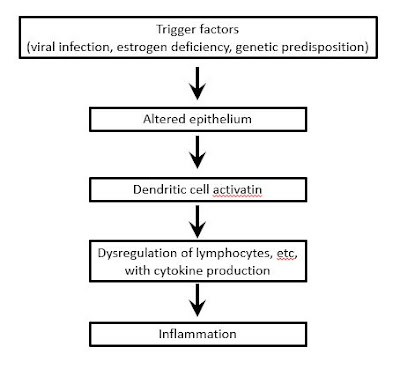Xerostomia
Xerostomia Updated: 02/13/2021 © Jun Wang, MD, PhD General features Either subjective or objective due to decrease in saliva secretion Causes increased dental caries, oral candidiasis, ascending sialadenitis, fissures and ulcers Etiology Diverse Idiopathic Autoimmune disease Drugs (anticholinergics) Radiation therapy Diabetes Clinical presentations Dry mouth Treatment Focus on underlying etiology Saliva substitutes and stimulants (sugar free chewing gum) Maintenance of oral hygiene Back to salivary glands pathology Back to contents
